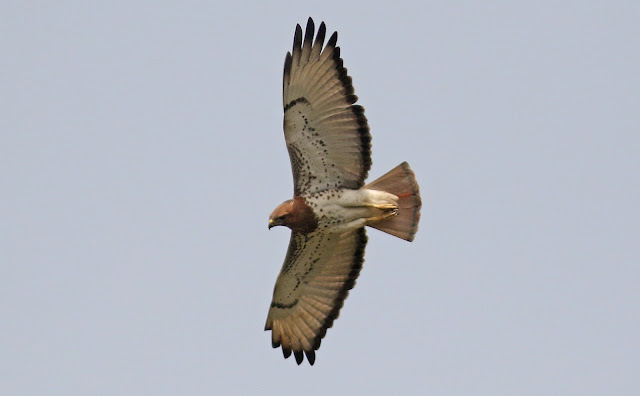A visit to Manso Nkwanta was the highlight of the trip. I was posted at Manso Nkwanta in 1997 as part of my MSc. At the time I was studying Mining Geology with the objective of progressing to Mine Management and overseeing ecologically sensitive mining and land remediation. As that objective is complete blue sky thinking (as the DNA of most mining companies in this primitive time in history are exploitative) what actually happened was that I moved into offering land remediation/ green space management contracting services to industry while forming pressure and damage limitation groups to address the un-accountability of industry.
Anyway the rose tinted world of university was a most enjoyable time so it was great going back 20 years later to re-visit a place I haven't been since my view of the world has adjusted to a more accurate less naive perception- a regrettably maturer one. It was surreal over-riding the earlier memories and it was actually very positive to see that the area has ecologically survived overall remarkably well- relatively speaking.
I'm planning on re-visiting in the future to explore some areas in the region as there hasn't been extensive birding exploration there. Looking forward to that.
Here's a few pics from last week and a few from the past.
Little Green Bee-eater
Pygmy Kingfisher
Vieilot's Barbet
Yellow-browed Camaroptera
Grey Longbill
Grey Kestrel and Red-necked Buzzard
Red-necked Buzzard
View from the Manso Nkwanta ridge
Melodious Warbler - interesting to hear Melodious Warbler singing on the winter grounds
View looking north in 1997
View looking north today. There has been some increased small scale development along the main road but overall the forested hills remain largely wooded but with larger areas of farm bush and secondary forest
Our Mining Exploration Camp today- the company I worked for have long gone and the camp is now accommodation for the local medical centre
Great to see that the local Pizza Hut is still there!
In 1997, the company I was working for were looking for Gold. A method of sampling was trenching down to an enrichment zone. The trenches inadvertently acted as massive pit fall traps and I would often go along the trenches looking for what had fallen in.
There were plenty of snakes, mainly small ones but this huge Rhinoceros Viper was exceptional
Rhinoceros Viper- note the prominent nasal horns
Map of the Manso Nkwanta region showing an area of dense secondary forest towards the north west. This will be an area to focus on.
View looking north over Manso Nkwanta
Mining (presumably illegal) has left a lot of pools north of the village. Will be interesting to see if these pool eventually become of ecological interest- presumably dependent on what chemicals are being used to process the deposits
Another view of the denser secondary forest area worthy of a bit more exploration





















No comments:
Post a Comment